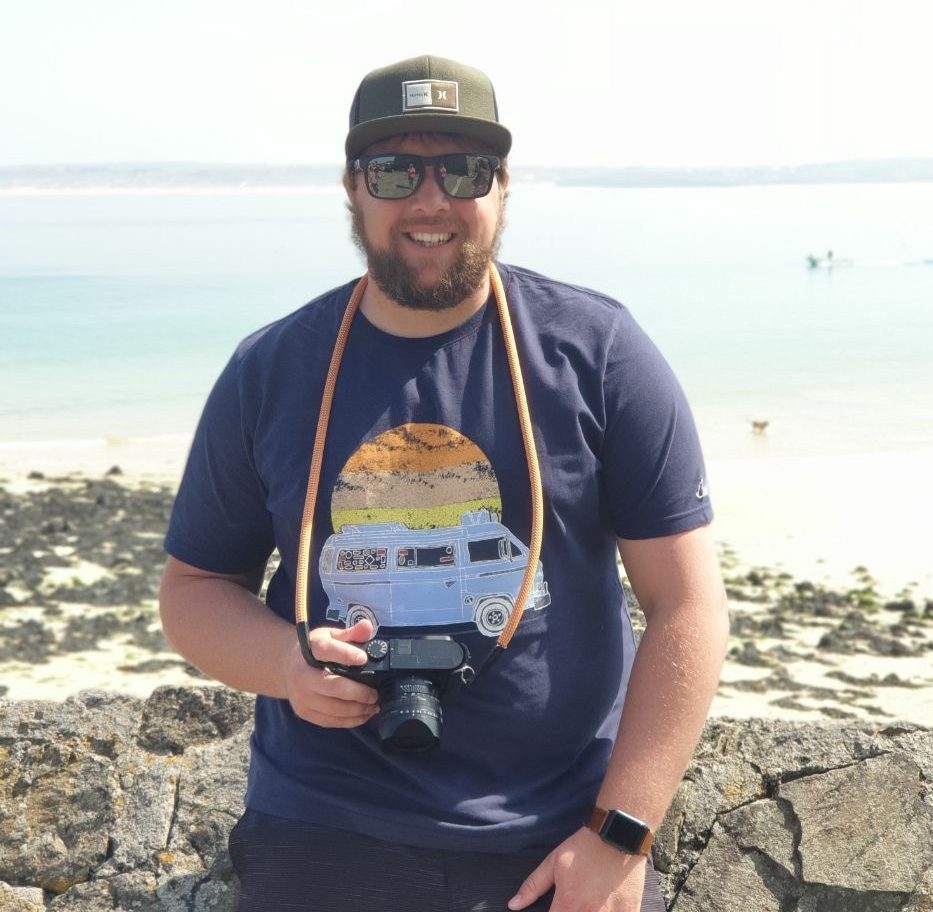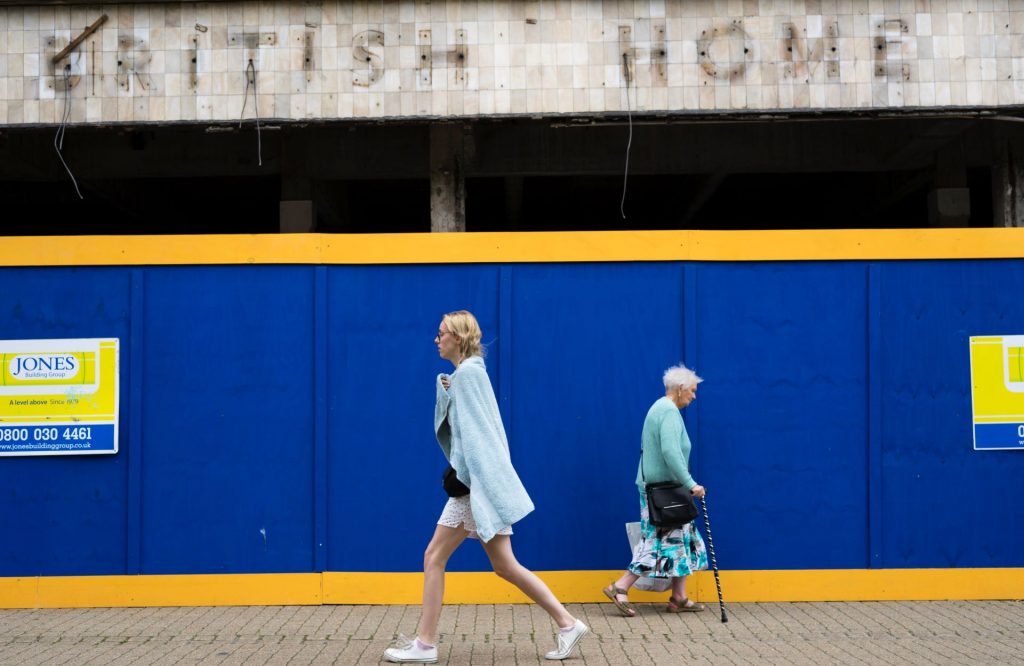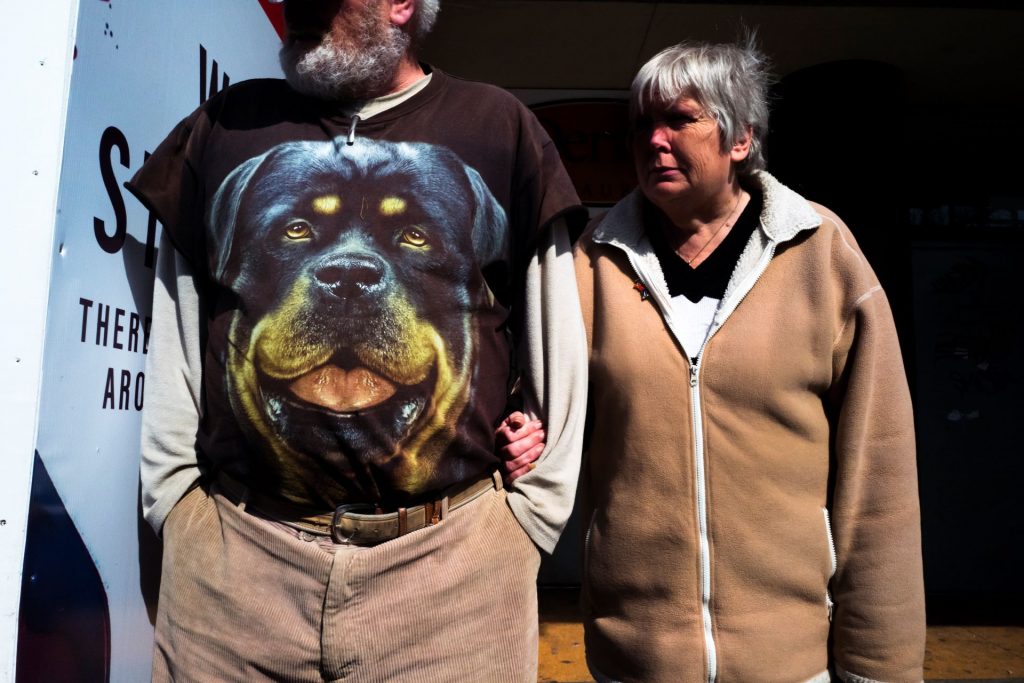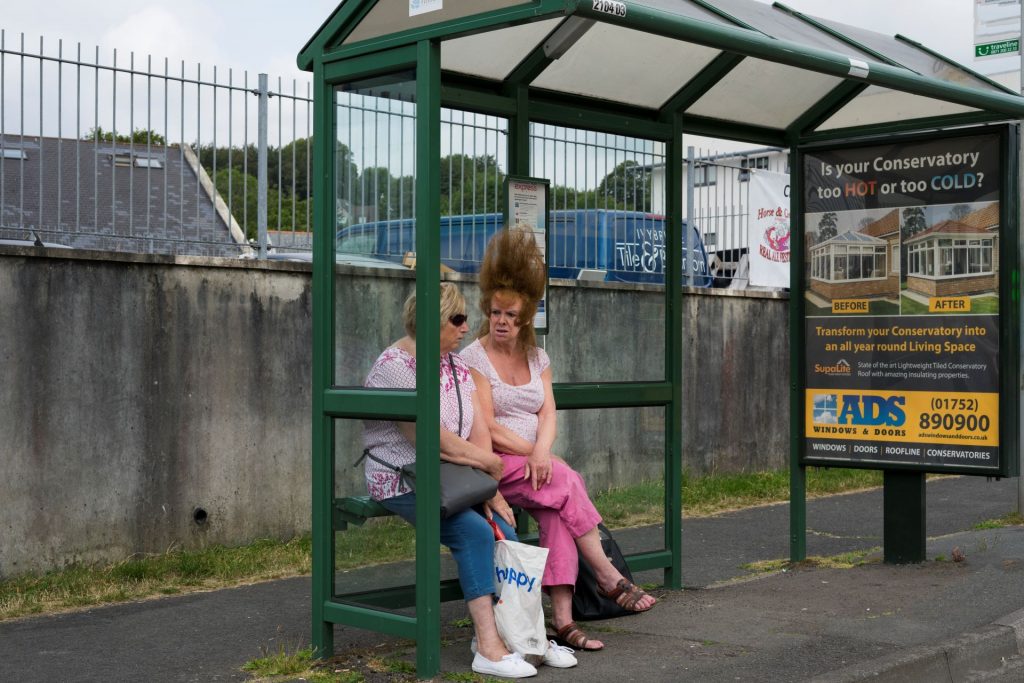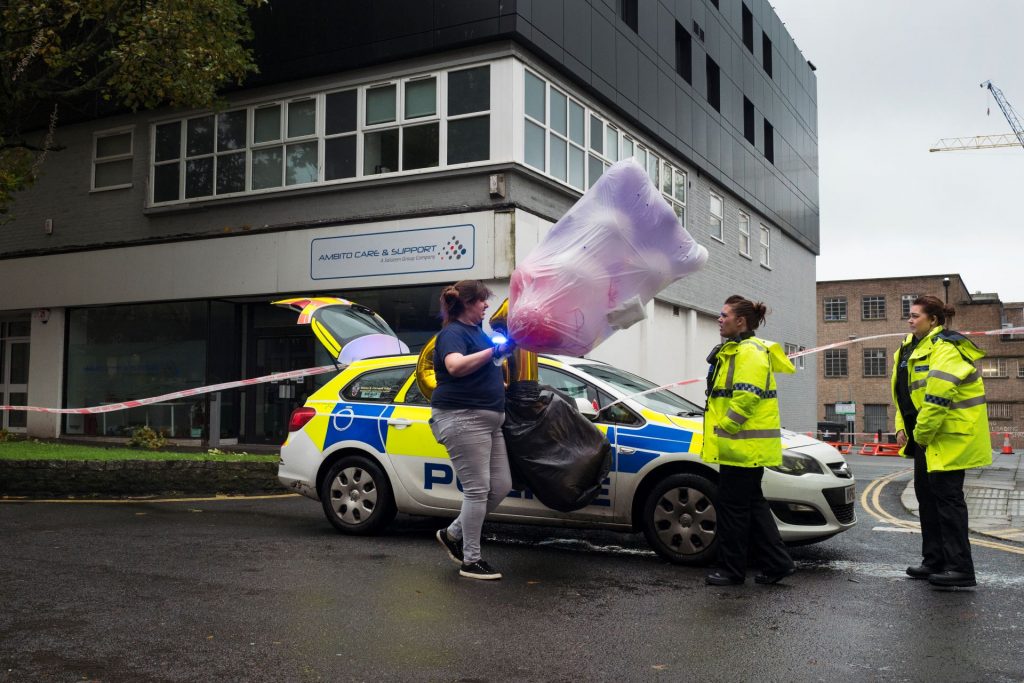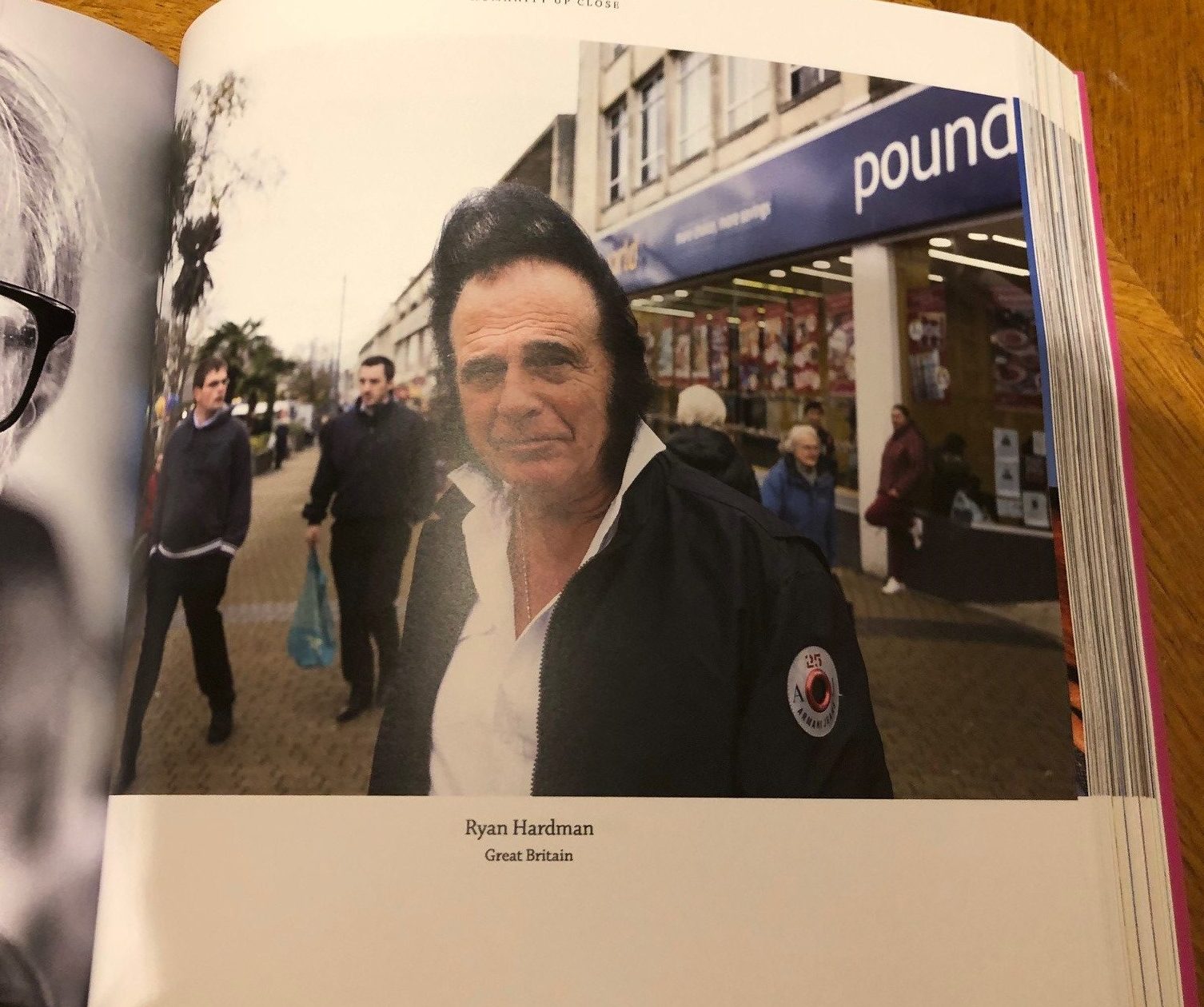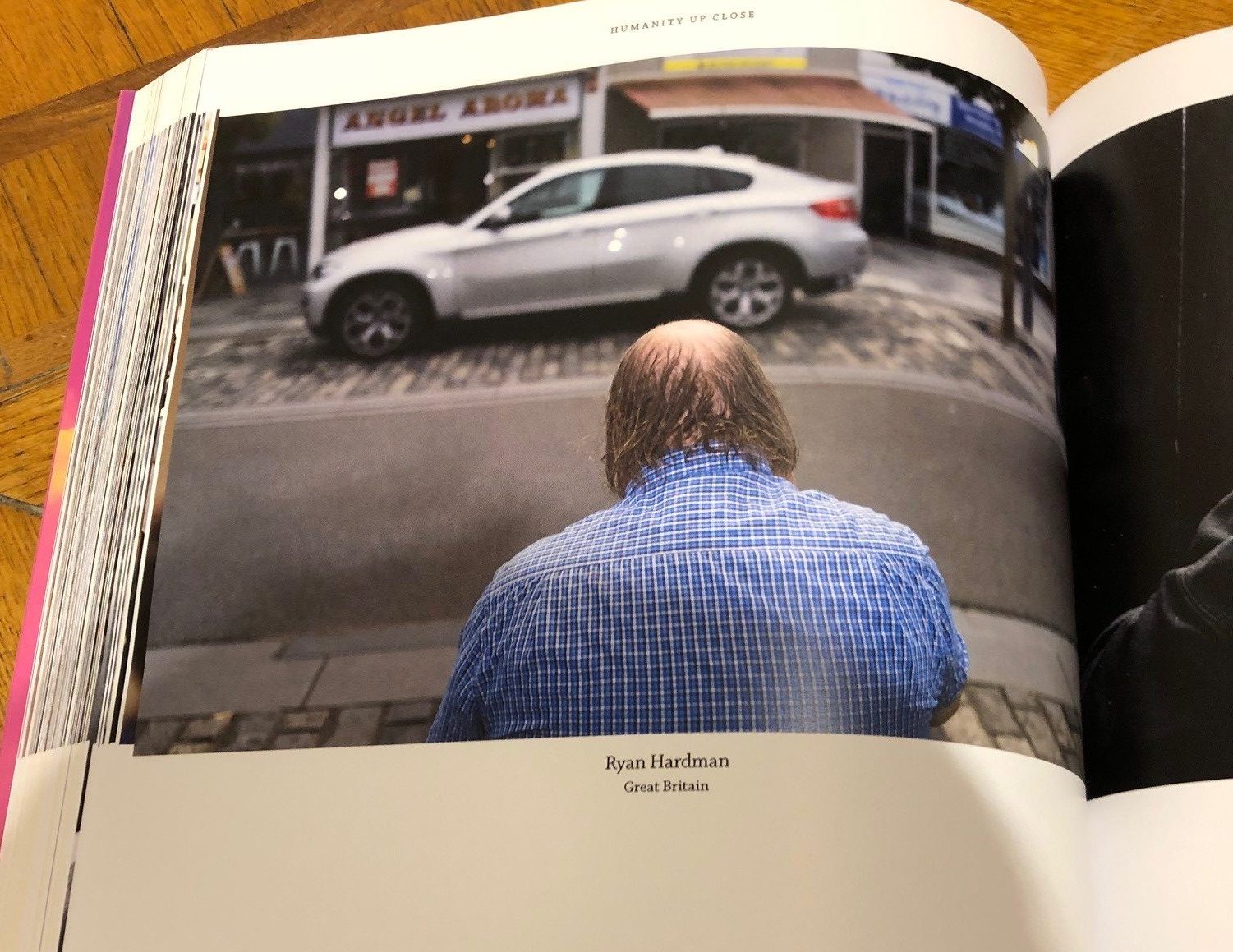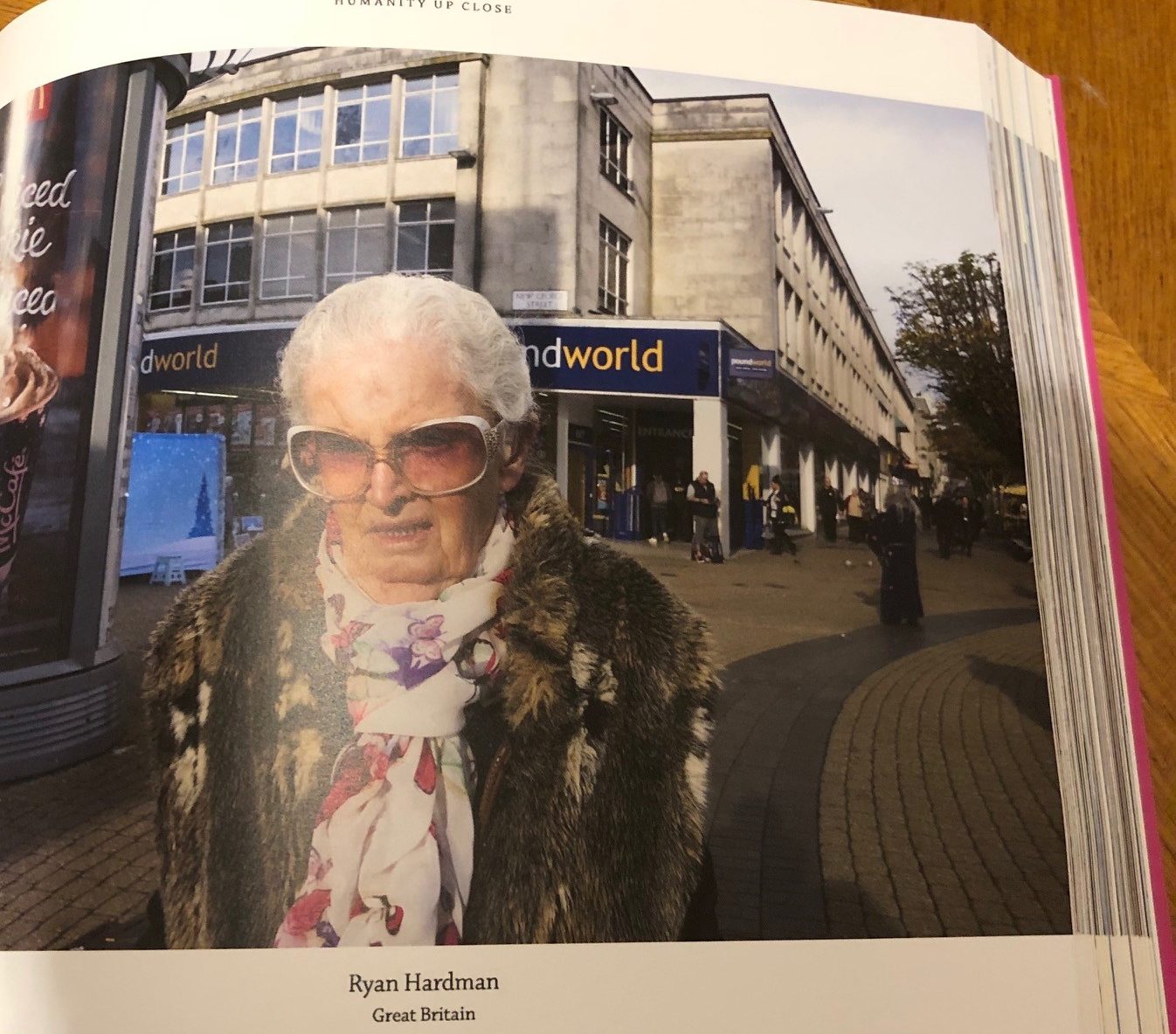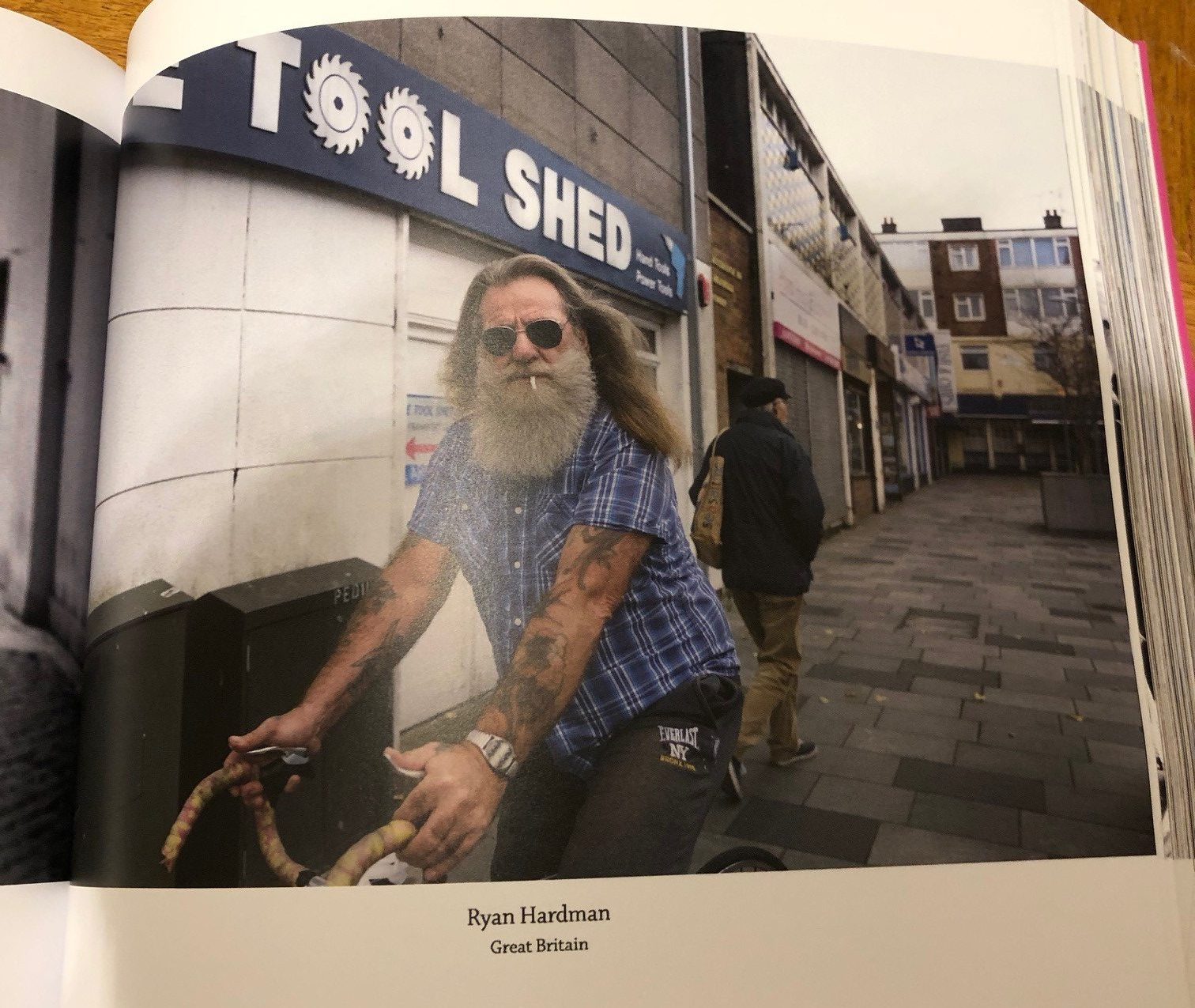27th November 2019
One of University Centre South Devon’s former FdA Film and Photography students Ryan Hardman was in Italy over the October half term to exhibit his street photography at Trieste Photo Days 2019 festival. He has also been published in a street photography booked called Short Street Stories.
Trieste Photo Days is an international festival dedicated to urban photography that explores the contemporary through all forms of photography set in the urban fabric, since 2014.
The festival has established itself over the years as a cross-media creative container that brings together exhibitions of international artists, workshops, screenings, contests, book presentations, meetings and other events related to street photography, architectural photography and artistic photography. A place of encounter and exchange between the public and both professional and amateur photographers.
Ryan got in touch with South Devon College to share his experience so we asked him a few questions to find out what he has been up to.
How did you come across this opportunity?
I came across this opportunity through a friend from the Royal Photographic Society back in 2018, where I discovered a competition focused on short street stories. I sent a selection of images to a company called ‘dotArt’ based in Italy at the time. Little did I know that the images were going to be selected by Nick Turpin (founder of In-public) and Martin Parr (one of the most influential British photographers).
Was there a tough selection process?
The selection process was challenging as I didn’t find out the results for months, so it was a lengthy process. I received an email stating I was within the final few but I believe thousands of people sent in images to be whittled down to 250 images.
What is your work about?
My work is a documentary project focusing on Plymouth, I have been photographing this series in street photography style for over two years capturing events and people in the city centre.
Plymouth is one of the South West of England’s most populated cities. From the time of the Industrial Revolution, it has grown as a commercial shipping port, handling imports and passengers from the Americas, and exporting local minerals including tin, copper, lime, china clay and arsenic. Bombed heavily during World War II, Plymouth still retains some of its fine architecture, although much was replaced (especially in the city centre) during the 50s and 60s by wide, parallel, modern boulevards and modernist buildings. Today, Plymouth remains a cultural and economic melting pot.
Is there technique to capturing these unique moments and characters?
I normally start by planning the environment by using the architecture and then waiting for characters to step into the frame. I will wait for characters that add something unique to the image. This might be what they are wearing or a certain position they are walking or are stood in that makes an image rather than just a photograph. This is a technique I have been practising and perfecting for some time, with some guidance by Nick Turpin. I will also often walk around the west end of Plymouth looking out for particular characters that catch my eye and then either capture them in the moment, or sometimes I will wait to then find a suitable environment. I have noticed the independent shops in the west end tend to attract the type of person I’m interested in photographing, which demonstrates the vision of Plymouth I like to capture and display. I feel it is important to capture enough within an image to tell a story, but to allow the viewer to also come up with their own narrative and conclusions.
How was it getting your images published?
Having my work published in a book for the first time has been completely overwhelming. My work sits alongside Nick Turpin’s work so I still have to pinch myself to make sure this wasn’t just a dream. It has also provided me with even more motivation to continue my journey with street and documentary photography.
How do all these achievements make you feel?
Having my work exhibited in Italy and published within a book has made my work feel even more worthwhile. Being acknowledged as a photographer and artist isn’t something to take lightly. The images that have been published has been a part of an ongoing series. To have my work appreciated by others within the photography world has been amazing and inspired me to continue with the project, whilst also planning my next ones.
It’s always great to catch up with previous students of the College and see what fantastic things they’ve gone on to do.
You can find more of Ryan’s work at ryanhardman.photography

